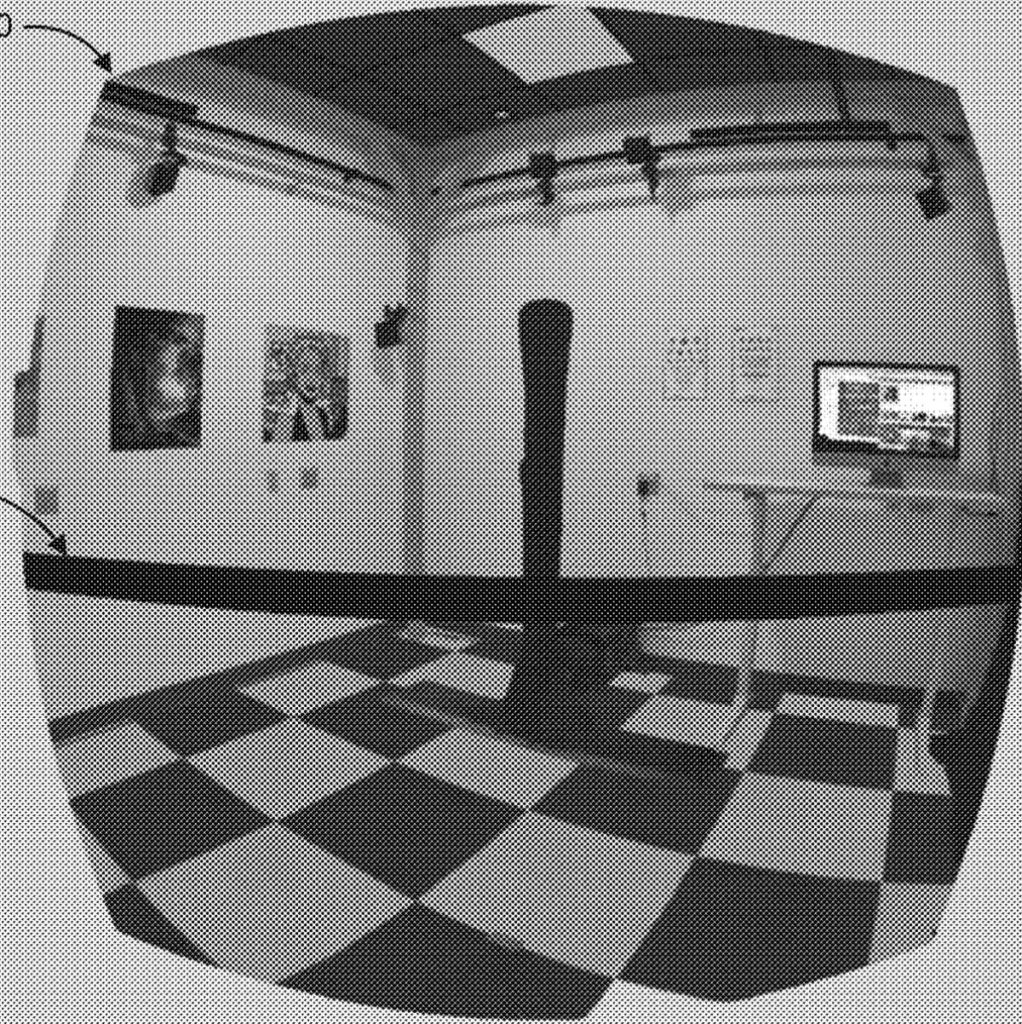Apple has applied for a patent (number 20210118090) for “error concealment for a head-mountable device.” It involves keeping the the rumored “Apple Glasses,” a virtual reality/augmented reality/mixed reality head-mounted display (HMD) running cool even while displaying data-intensive images.
In the patent filing, Apple notes that HMDs are available in a variety of different form factors. For example, some HMDs resemble a helmet, whereas others resemble a pair of eyeglasses. Most HMDs include at least one display that the user can view when the head-mountable device is worn by the user. Some include multiple displays. For example, some HMDs include two displays, one for each eye. Head-mountable devices have a variety of applications and are often used in gaming, aviation, engineering and medicine.
Apple says that, since an HMD is in such close proximity to the user when it’s being used, the amount of heat that the head-mountable device generates may need to be controlled. The amount of heat that the HMD generates typically correlates to the amount of power consumed by the device. As such, the amount of power that the head-mountable device consumes may need to be controlled.
Typically, the amount of power consumed by an HMD depends on the hardware and/or software capabilities of the device. For example, a head-mountable device with higher processing power, a larger memory and/or a faster refresh rate typically consumes more power than a head-mountable device with lower processing power, a smaller memory and/or a slower refresh rate.
However, limiting the hardware and/or software capabilities of the head-mountable device usually hampers performance of the head-mountable device and/or degrades the user experience. Apple wants its Apple Glasses to be very powerful, yet comfortable for wearing by a user. The trick is to keep it cool by presenting error-free images that display only the data needed. Not displaying extraneous data will lower the power consumption of the HMD.
Here’s the summary of the patent data: “In various implementations, a method includes obtaining a first frame that is characterized by a first resolution associated with a first memory allocation. In some implementations, the method includes down-converting the first frame from the first resolution to a second resolution that is lower than the first resolution initially defining the first frame in order to produce a reference frame. In some implementations, the second resolution is associated with a second memory allocation that is less than a target memory allocation derived from the first memory allocation.
“In some implementations, the method includes storing the reference frame in a non-transitory memory. In some implementations, the method includes obtaining a second frame that is characterized by the first resolution. In some implementations, the method includes performing an error correction operation on the second frame based on the reference frame stored in the non-transitory memory.”
Article provided with permission from AppleWorld.Today

